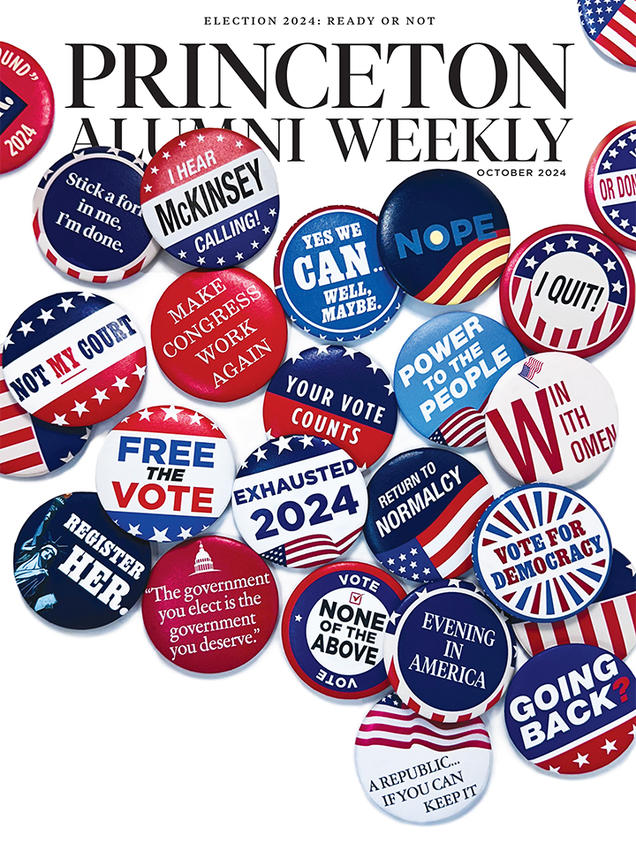Gilbert P. Johnson ’60
Gil died Aug. 27, 2002, from an apparent heart attack. He was playing golf at the time.
Born in Wilmington, N.C., he grew up in Lumberton, N.C., where he attended school before matriculating at Lawrenceville, Princeton, and Duke Law School. At Princeton, he joined Cap and Gown, majored in history, and was captain of the golf team.
Gil began his career as a lawyer for Chadbourne & Park in NYC, and had also worked in the legal department of the First Boston Corp. He had owned a real estate development company in Westchester since 1983. One of our class's outstanding golfers, he was a board member and the club champion of the Stanwich Club in Greenwich. He is buried at the First Presbyterian Church in Lumberton, N.C.
Gil is survived by his wife, Eleanor Cullen Johnson; his daughter, Mary-Craig Wells; grandsons James and Graham Wells; and his brother, James. The class sends its condolences to them and to the many friends Gil made throughout his life.
The Class of 1960
Paw in print

October 2024
Exit interviews with alumni retiring from Congress; the Supreme Court’s seismic shift; higher education on the ballot
Book Club.
Join and Read With Us.

